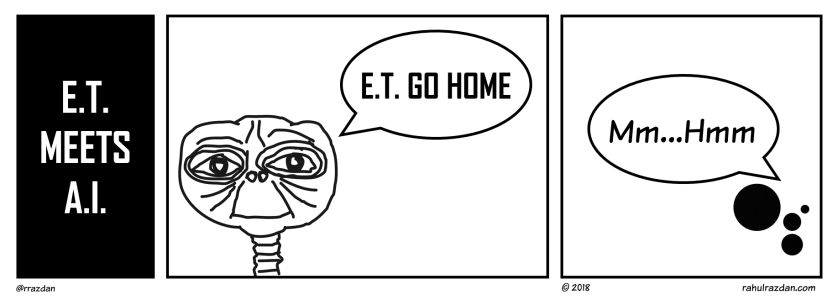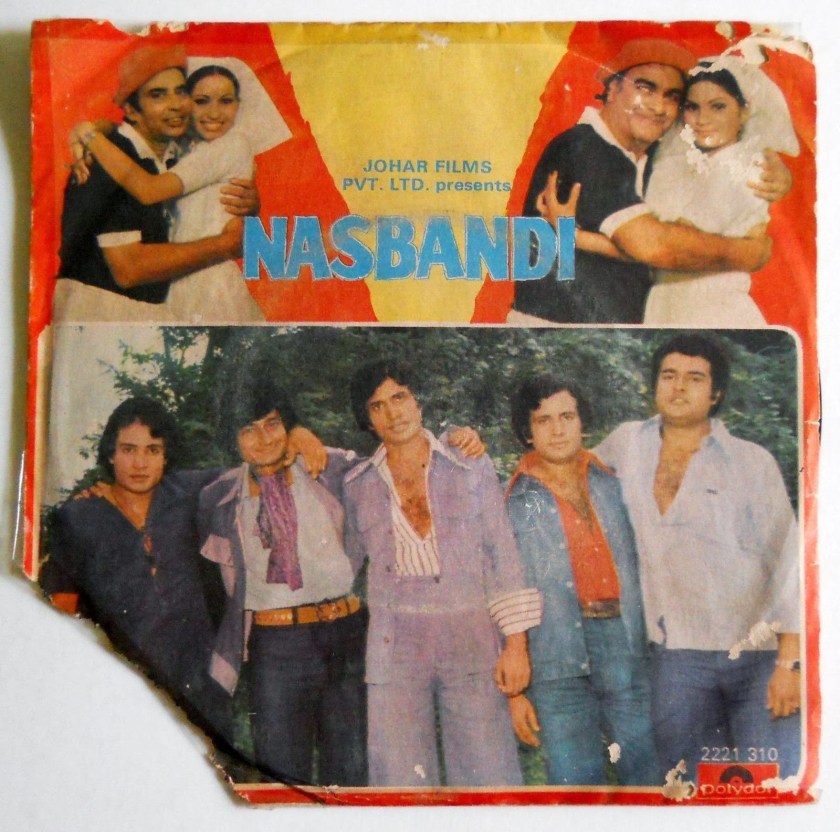A little more than a year back (Aug 17, 2016) I was traveling with my family, including my old parents, from Mumbai to Delhi on an afternoon Vistara flight (UK 944).
While boarding the flight from the aerobridge at Terminal 2 in Chhatrapati Shivaji International Airport, my mother, a near octogenarian, tripped on the 5-inch level difference between the aerobridge floor and the aircraft door
As she fell, she hit her head against a side panel inside the aircraft and got a nasty gash, about an inch long, just over her left eyebrow. Within seconds, the gash started bleeding profusely.
Even as the flight crew waiting for the incoming passengers rushed to her aid, I was angry.
Angry at everyone.
Angry at the attendant accompanying my mother for not having prevented this. Angry at my father walking just behind my mother, for not having warned her of the impending level difference in the floor, which he himself would have missed too! Angry at the airlines, the airport, the designers of the aerobridge, India’s aviation industry, everyone. And also angry at myself for seeing my mother fall down just a few paces ahead of me, and not being able to prevent it.
And while I was coping with this *why us* moment, something else was happening simultaneously, and which is why I’m writing this, albeit a year later.
As soon as my mother fell, the cabin crew and the ground staff all rushed to her aid.
Someone brought tissues, someone ice, and some others lots of more tissues.
A crew member was holding my mother’s forehead, wiping the oozing blood. Another brought water for her to drink. Some others took charge of managing the rest of the passengers whose entry into the plane had been interrupted by this commotion.
Someone took her to the nearest business class seat. More water to drink, and some juice too. And a discussion ensued on how to handle her for the rest of the journey.
The bleeding eased up, nearly stopped, with at least one member of the crew cleaning her wound non-stop. However, they conferred that even though the bleeding had stopped, as it was a fresh open wound, it would start bleeding again when in flight due to the lower air pressure. So the passenger was not fit to fly.
Now what?
They suggested that while the rest of the family should continue with the journey to Delhi, I should get off the flight with my mother so that she could be attended to, and that we would be put on the next flight to Delhi later that evening.
There was no other choice.
—
So mother and I made our way back out of the aerobridge, but this time she was on a wheelchair, and a member of the ground staff was holding her head and her hand all this while. The on-duty airport doctor was summoned to the head of the aerobridge itself, while the farther flanks of the aerobridge pulled back from the aircraft, which soon began its push back on the tarmac.
The doctor came and concluded that since the gash was fairly big, it definitely needed stitches, which would require a visit to a hospital. At this stage, in my mind, I’m shadow working out logistics of the hospital trip.
Also at this point, I hear Pooja instruct Sunil, “You will take them to the Seven Hills Hospital in Andheri East.” Then I hear Pooja call up another colleague giving instructions on withdrawing some imprest cash. Then I hear her talking to another colleague on organizing tickets for our evening flight. All this while walking with us towards the exit.
Remember, this was not a normal arrival flow exit. Entries had to be made in the security registers, gates opened etc.
—
Soon we were in the pre-paid cab, that Sunil had hailed for us. He himself sat in the front seat, talking to my mother all this while, comforting her.
At the hospital, he ran from one wing to another finding out whether we should go to casualty or OPD.
At the casualty, mom goes through basic tests to assess any non-apparent damage, and gets half a dozen stitches under local anesthesia. The stitched-up wound is now hidden under fresh dressing.
Sunil meanwhile goes and gets water, juice and biscuits for mom and me.
While he’s gone, I try and settle the hospital bill. But before I could, Sunil is back and insists he will pay as he’s been instructed by Pooja to do so.
Work over at the hospital, Sunil now organizes a cab that takes us back to the airport.
—
At the airport it’s already evening, and as we arrive there’s Pooja and another staffer Tarun waiting outside for us.
We’re fast-tracked inside. Another of their colleagues hands over lounge passes for the two of us, so that mom can have a proper meal and rest before the flight.
We’ve been upgraded to business class, so that mom can pass the rest of the journey more comfortably. And right till we are settled in our aircraft seats, there’s someone from Vistara who’s constantly been with us.
And it just occurred to me then, that I hadn’t held my mother’s hand even once from the time she fell down earlier that day. I hadn’t been given an opportunity to do anything for my mother for the last few hours. It was one Vistara staffer or the other who’d been with mom all through. I was just walking along!
Sitting in the ample space of the business class seats, I realized how my anger of a few hours ago was long gone.

I had witnessed a few hours of empathy laced human behaviour of the highest order. I was trying to count the number of times I thought these fine Vistara staffers didn’t really need to go beyond reasonable limits of their professional duty. But each time, they did!
Ironically, I also said to myself, we were fortunate that this happened in Vistara. What if this had happened in one of those airlines that prided themselves on ‘fastest aircraft turnaround times’. We would have been big liabilities for them, spoiling their single-minded pursuit of being ‘on time’.
Much of what I’m writing now, more than a year later, was etched forever in my mind in those few hours.
Back home, the rigour of daily lives took over, and life went on.
—
Until, one read of the recent few incidents involving passengers and airline staff, and memories of that one day rushed back.
And then a couple of weeks back when I was traveling Mumbai-Delhi (UK 996) with my dad, I saw Pooja at the airport again. I instinctively went up to her and thanked her profusely for that one day, and what she and her team had done.
Incidentally, when we landed in Delhi, I bumped into Tarun as well, and I went up to and thanked him too. He said he remembered that incident very well. He however had to excuse himself as he was getting frantic calls as a flight from Amritsar had been cancelled and he was helping handle the impact it had on affected passengers and their schedules. Yet another day for them to be playing unsung, unrecognized heroes.
—
In the intervening one year, Vistara has become my first choice as an airline, and I try to fly with them as far as possible.
As for my parents… They now travel Vistara ONLY.
I can’t trust any other airline with their well being.
—

June 2017: Mom and dad being helped by Vistara ground staff in Mumbai (UK 994)








